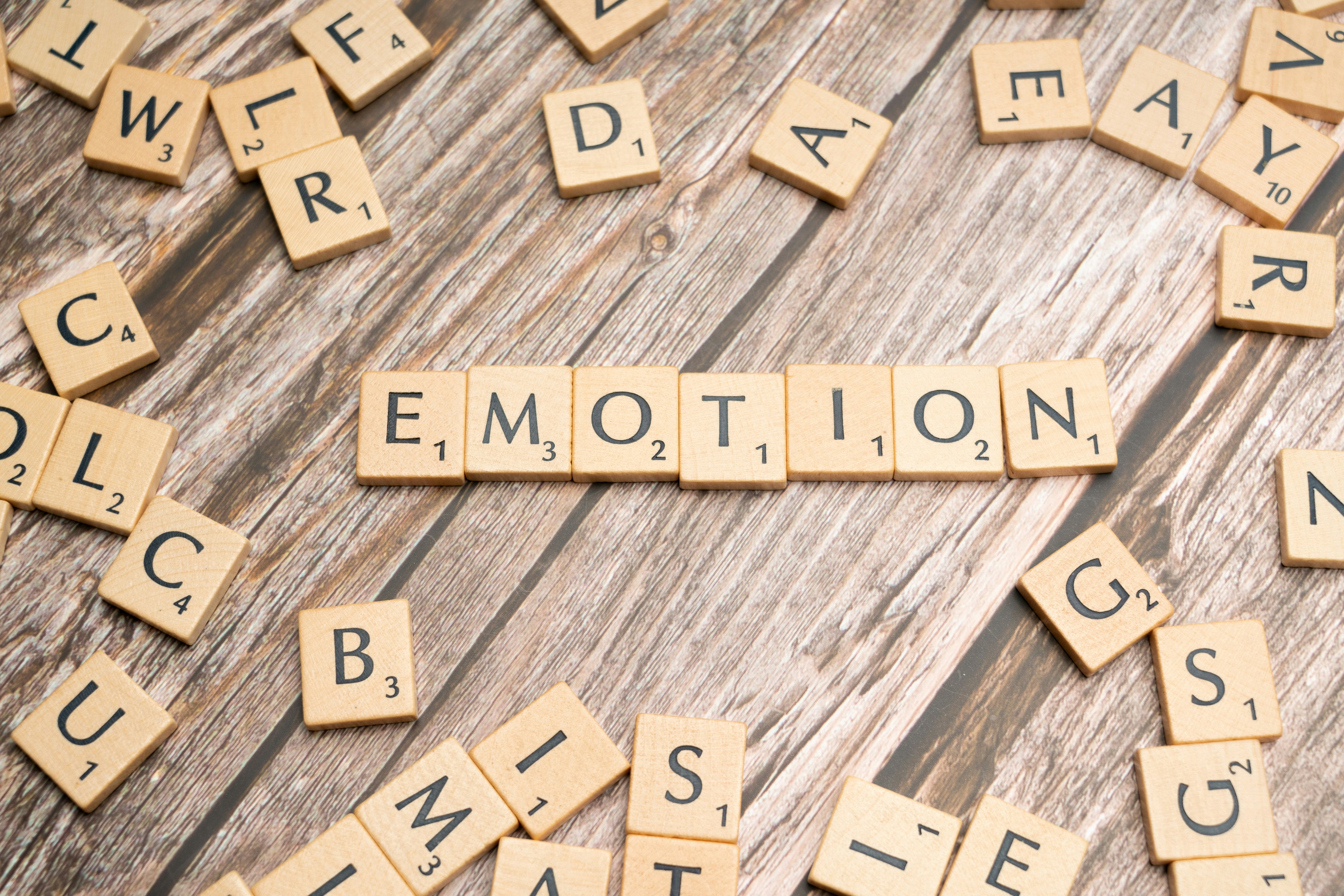The AI-Driven Playbook: Gamifying Employee Engagement for Success
In the evolving landscape of modern business, traditional methods of motivating employees and enhancing productivity are rapidly being overshadowed by innovative approaches. The integration of AI tools & automation in business has prompted organizations to rethink their employee engagement strategies, particularly through gamification. Imagine transforming mundane tasks into engaging challenges that not only boost morale but also enhance productivity. This article delves into how AI-driven gamification can revolutionize employee engagement and create a more dynamic work environment.
Understanding Gamification and Its Role in Business

Gamification refers to the application of game-design elements in non-game contexts, such as workplaces, to solve problems and improve user engagement. This approach can significantly enhance employee motivation, boost performance, and foster collaboration. As organizations strive to foster a vibrant workplace culture, leveraging gamification through AI tools is becoming increasingly essential.
The Intersection of AI and Gamification

The synergy between artificial intelligence and gamification opens up a world of opportunities. AI can analyze large sets of employee data to tailor experiences that resonate with individual preferences and motivations. By utilizing predictive analytics, organizations can identify engagement patterns and design games that align with employees' strengths and preferences, leading to a more fulfilling work experience.
For instance, a company could implement an AI-driven platform that offers personalized challenges based on historical performance data, enabling employees to accomplish tasks competitively while having fun. This not only enhances productivity but also fosters a sense of community and teamwork.
Benefits of AI-Driven Gamification in Employee Engagement

-
Enhanced Motivation: Gamification transforms daily tasks into engaging experiences that stimulate motivation and enthusiasm. Employees are more likely to participate actively when they can see tangible rewards and recognition for their efforts, creating a win-win scenario for both the organization and the individual.
-
Improved Team Collaboration: By incorporating multiplayer elements into gamified systems, organizations can promote collaboration among employees. Cooperative challenges and competitions can lead to a more cohesive team dynamic, as colleagues work together towards a common goal.
-
Real-Time Feedback: AI tools can provide instant feedback through gamified platforms, enabling employees to receive immediate insights into their performance. This timely feedback encourages continuous improvement and keeps employees engaged.
-
Data-Driven Insights: Embracing AI tools means organizations can leverage data to refine their gamification strategies. By analyzing engagement metrics and employee feedback, businesses can continuously enhance their gamified experiences, tailoring them to meet evolving needs and preferences.
-
Skill Development: Gamification can also be designed around skill development. By creating challenges that focus on specific competencies, businesses can cultivate a more skilled workforce, prepared for the demands of the future.
Implementing AI-Powered Gamification Strategies

-
Define Objectives: Start by identifying clear objectives for your gamification initiative. Are you aiming to increase sales, boost customer service quality, or enhance employee collaboration? Understanding your goals will shape the design and implementation of gamified experiences.
-
Choose the Right Tools: Choosing the right AI tools to facilitate gamification is crucial. Platforms that offer customizable features and integration with existing systems ensure a seamless experience for employees.
-
Incorporate Feedback Mechanisms: Encourage employee input during the design phase. Ask for their preferences on challenges and rewards to ensure the gamified experience resonates with them. Regularly seek feedback post-implementation to make iterative improvements.
-
Launch with Enthusiasm: A successful launch can set the tone for your gamification program. Create buzz around the initiative, showcase the benefits, and foster a sense of excitement among employees.
-
Monitor and Evaluate: Use AI analytics to track engagement levels and performance metrics. Regular evaluation allows organizations to adjust strategies based on data insights, ensuring the program remains relevant and effective.
Case Studies: Real-World Examples

To provide context, let's explore a few organizations that have successfully implemented AI-driven gamification strategies for employee engagement.
Company A: The Sales Challenge

This multinational sales organization faced challenges in maintaining motivation among its sales team. By leveraging an AI-powered gamification platform, they designed a competition-style leaderboard that recognized top performers. Personalized gaming experiences, such as sales challenges tailored to individual agents, led to a significant uplift in performance. Employee engagement metrics increased, resulting in higher sales and a more enthusiastic team.
Company B: The Learning Simulator

Company B, a tech startups aimed to train their financial analysts effectively. They incorporated gamification into their learning modules by leveraging AI to develop skill-based challenges that simulate real-world scenarios. Employees gained points and rewards for completing analyses and presenting their findings. This approach not only made training enjoyable but also ensured that employees were better prepared for their roles.
The Future of AI-Driven Gamification

As technological advancements continue to reshape the business landscape, the future of AI-driven gamification looks promising. The potential for increased personalization through advanced algorithms will allow businesses to create highly customized experiences driven by data. Expectations for corporate culture are changing; employees now seek stimulating and rewarding environments that prioritize well-being alongside productivity.
Notably, businesses that balance automation with human-centric practices are more likely to thrive in the competitive market of 2025 and beyond. By cultivating a gaming culture that resonates with employees, organizations can create adaptive workplaces that prioritize psychological safety, adaptability, and professional growth.
Building a Sustainable Workplace Culture with Gamification

As organizations navigate the challenges of today's dynamic work environments, building an engaging workplace culture becomes paramount. Gamification, driven by AI tools, offers a unique approach to not just engage employees, but to also create sustainable growth.
-
Fostering Inclusion: AI-driven gamification can be tailored to accommodate diverse learning styles and preferences, thereby enhancing inclusion within the workplace. By creating scenarios that are accessible to everyone, organizations can ensure that all employees feel like a valued part of the team.
-
Retaining Top Talent: Engaged employees are more likely to remain in their positions, reducing turnover rates. The fun and challenging nature of gamified tasks can lead to higher job satisfaction, which in turn results in better retention of top talent.
-
Aligning Organization Goals: Gamification provides a framework for aligning individual goals with organizational objectives. When employees understand how their efforts contribute to broader success, they are more motivated to perform well.
Next Steps for Organizations

Embracing AI-driven gamification is not an overnight process but rather a strategic initiative that requires thoughtful planning and implementation. Here are some steps organizations can take to get started:
-
Pilot Program: Begin with a pilot gamification program in a select department or team. Gather insights and feedback to shape the larger organization-wide initiative.
-
Seek Expert Guidance: Consult with experts specializing in AI and gamification strategies to ensure the right tools and techniques are employed.
-
Invest in Training: Provide resources and training for employees to understand how to engage with the gamification platform effectively.
-
Create Continuous Upgrades: Gamification strategies should evolve based on user feedback and business needs. Regular updates will keep the experience fresh and relevant.
-
Evaluate ROI: Track the success of the initiative by evaluating its impact on employee engagement and business performance. Adjust accordingly to maximize benefits.
Final Thoughts
Gamifying employee engagement through AI-driven tools can create a more dynamic and productive workplace culture. The key lies in understanding employees' motivations and leveraging data to deliver personalized experiences. By fostering a sense of competition and collaboration, organizations can enhance morale, boost productivity, and retain talent.
As the boundaries of traditional work environments blur, AI-driven gamification will undoubtedly play a pivotal role in shaping the future of employee engagement and productivity. Embrace these innovative strategies today to build a thriving workplace that not only prioritizes performance but also nurtures employee well-being.


